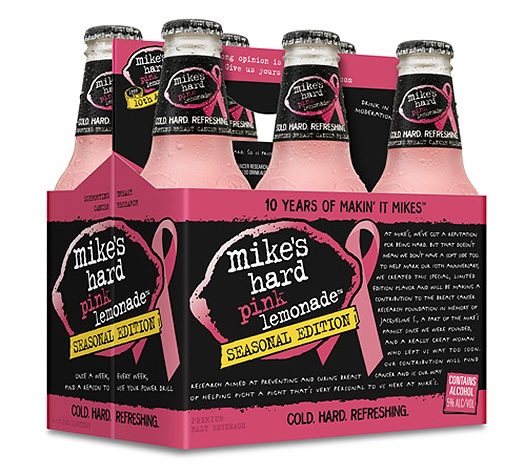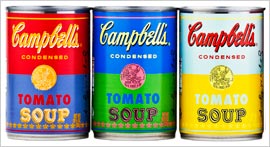You have a brand, and you probably invested a lot of time and money into shaping it. You take pride in what you’ve built, and it’s successful. But when is it acceptable to change the colors and try something new? The simple answer is: it’s not acceptable!
Your fans or brand supporters are familiar with your brand. This means they recognize that Starbucks is green and Folgers is red, for instance. Shoppers often look for products by color—first spotting the color they know and then selecting the specific type or SKU. The shopping experience is becoming increasingly overwhelming due to the many choices available, so anything you can do to make your brand easy to spot and locate is beneficial.
Brand Guidelines exist to preserve and protect what you have created and worked hard to achieve. Brand Managers should act as the police of your brand upholding the guidelines and putting a stop to needless changes. Just because fluorescent colors are trendy right now is not a good enough reason to make a change. What happens when your colors are changed without a good reason or explanation- confusion and erosion of equity. Loyal consumers are led to wonder if the product is also changing or maybe the quality has been lessened to save manufacturing costs. Unless you are undergoing a re-branding and are willing to relaunch your product properly- unexplained changes to color can lead to lost sales and confused consumers. Consumers often define a brand first by color.
All that being said- there are exceptions to the rule and here are a couple good times to mess with your brand’s color!
1. Showing support for a cause! We’ve all see then pink ribbon campaigns for breast cancer. Many brands have opted to add a pink ribbon to their package and some have turned the entire package pink. Why is this OK? For starters, it’s a limited run and consumers are educated why the color changed. The use of pink, for example, let’s customers know your company has a heart and is giving back. There is enough education in October about the cause to support your temporary pink package leaving little room for confused or frustrated consumers.
2. Acknowledging a milestone!
If your company has a big anniversary or another milestone this might warrant a commemorative, limited addition package. Coca Cola offered collector’s item cans just for the Olympics. Another example would be Campbell’s Condensed Soup well know for it’s familiar red cans celebrating a famous anniversary by adding in some temporary new colors.
Despite adding a plethora of flavors and options – the red can has always tied it all back to Campbell’s Condensed Soup. To acknowledge and celebrate the fiftieth anniversary of Andy Warhol’s well know “32 Campbell’s Soup Cans”, the soup company is releasing four limited addition brightly colored versions of their condensed tomato soup. This is an anniversary that it makes sense for Campbell’s to support and the new limited edition cans come with a whole PR campaign too!
The key thing to note with both of these reasons for a color changes is they are temporary, timely and well-explained to the consumer. If you are thinking about changing up the colors for your brand ask yourself – what is the driving factor behind this change? If the answer is the current colors are becoming stale- it may be time for a re-branding instead. But if the answer is to support a cause or acknowledge a milestone- it might be worth puling out the pantone book and shaking it up a bit!
Read more: Your Brand’s Guardian Angel: Harnessing The Halo Effect

